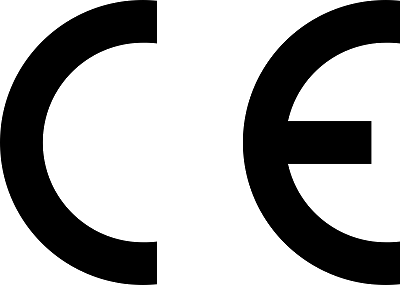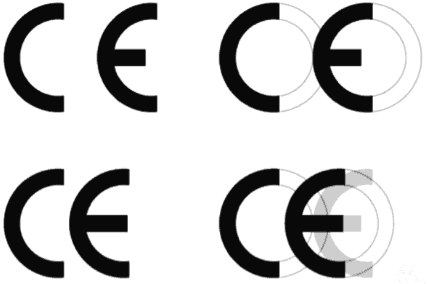
 |
What is CE marking? |
Many products marketed in the European Economic Area (EEA) must have a CE mark. This indicates to a manufacturer or importer that a product meets safety, health and environmental requirements.
The purpose of CE marking is to promote free trade within the member states on the one hand, and to ensure consumer and environmental safety on the other. CE marking also makes it easier to compare products from different countries.
CE stands for Conformité Européenne. CE marking is a mark that you as a manufacturer must affix to products in established product groups. The marking indicates that the product meets the requirements of the European Union.
Products that do not fall into these product groups may not bear the CE mark. But if such a directive has been adopted for a product group, then all relevant products marketed in the European Economic Area (EEA) must comply with its provisions.
The EU determines the directives that the product group must comply with, whether you as an entrepreneur produce it yourself or import it. The directives are generally formulated and define requirements in the areas of safety, health and environment. This is also called the New Approach Directives or New Approach, so that there is no unnecessary regulatory burden on producers.
For example, electrical appliances must not cause disturbing electromagnetic radiation or be sensitive to such radiation.

Is CE marking a mark of approval?
Because it is a legal requirement to apply CE marking, it is not a guarantee or quality mark. It is a label indicating that the product in question has been tested according to European directives.
Officially, therefore, it is always referred to as CE marking instead of CE certification.
Difference between CE mark and China Export
Some products manufactured in China also carry a CE logo. This marking resembles the European CE marking, but it has nothing to do with meeting European quality requirements. It only indicates that it is China Export, or that the product comes from China. A clever trick...
This does not mean that these products do not have quality, but they are simply not tested according to EU rules. Reason for caution, then! By the way, there are plenty of products that do have the correct CE mark.
| Official CE mark |
 |
| China Export mark |
The difference between the 2 logos is minimal, but lies in two points..
- The letters CE in China Export are closer together than the EU variant
- The middle stripe of the Chinese E is slightly longer
For which products is CE marking mandatory?
By now, about thirty product groups have been established, including..
- construction products
- explosives for civil use
- measuring and weighing equipment
- machinery (and also pressure vessels, gas appliances)
- toys
- pyrotechnic articles (such as fireworks)
- personal protective equipment
- electrical equipment
- transportation equipment (such as motor vehicles, elevators, cable cars)
- medical devices
Also in the next few years, guidelines will be established that all products used in construction must comply with. Only products with a CE mark will then be allowed to be traded. As a manufacturer or importer of, this means that you have to test the products according to European directives.
CE certification: the entrepreneur is responsible
The responsibility for CE marking lies largely with the entrepreneur himself. As an entrepreneur, you are free to determine how you comply with the directives. For example, you may perform measurements and inspections yourself or have them performed by a recognized inspection institute.
This means that as a manufacturer or importer you may perform any measurements and examinations you need yourself. But you can also choose to outReference(s) these measurements and examinations to an institute of your choice.
In certain cases a type approval is prescribed and you must use a government designated institute.
How do I apply for CE marking?
Some directives require that your product be tested by an approved body and other directives state that you may test your product against the directives yourself. Once your product has been tested, you may apply the CE mark to the product yourself.
Related Post(s)

ISO 45001 is the world's international standard for occupational health and safety, issued to protect employees and visitors from work-related accidents and illnesses...